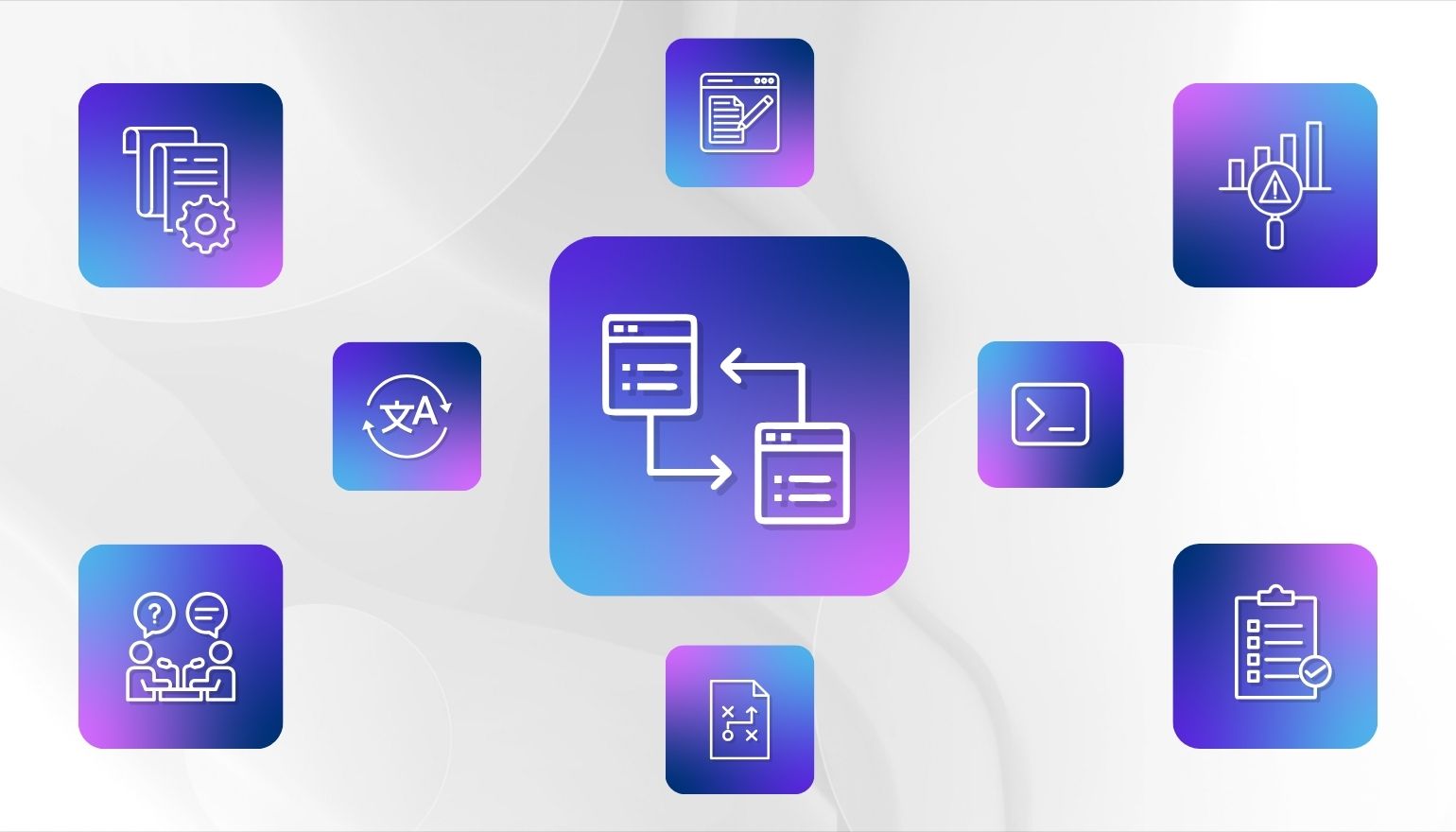
Blog
Automating Your Corporate Legal Department Made Easy

Working in a corporate legal department requires a delicate balance between serving the needs of your business teams internally and managing the work that is outsourced to law firms. How this is structured and managed is unique to every company and varies greatly based on the unique needs of the business, industry, size of the company, availability of IT support, technology tools available, as well as the team size and skill set of the individuals working within the legal department.
But many automation solutions take a one-size-fits-all approach that makes it difficult for legal teams to quickly, if ever, realize the maximum value of automation. So it is important to find a document and workflow automation tool that is built to make the process of automating your legal department as simple as possible.
What to Look for in an Automation Solution
The right automation tool can your help team increase efficiency, reduce errors, and eliminate the need to manually fill out the same information across multiple documents or in different locations. While there are many great automation tools out there, not all of them are suited to handle the sheer volume of document creation, sophisticated level of logic, or level of security legal teams need. Here are some important features to look for when selecting your automation tools:
- Works with your existing forms and templates
- Enables you to build your own custom workflows
- Supports both Word and PDF forms
- Uses low- to no-code development, so you don’t have to wait for a third party to develop for you
- Doesn’t overcomplicate the automation process
- Has built-in tools to make incorporating legal logic easy
- Ties into the other technology tools you are already using every day
- Helps meet your data security, compliance, and governance needs and requirements
Start Your Automation Journey
The ideal place to start your automation journey is with tasks that are highly repetitive and have low complexity, so you can offload some of your work and enable your team to focus more on high-value work or managing the work of outside counsel.
No matter what industry you are in or the size of your department, legal work request intake and producing simple legal documents like employment and non-disclosure agreements could be low-hanging fruit.
Imagine how different your day would look if the business stakeholders had a self-service solution for producing those simple documents. And your team could oversee the process instead of trying to manage incoming requests by email.
Potential Automations for Legal Departments
The possibilities for automation seem endless. Here are some specific examples of how your legal department could optimize operations with the help of automation.
Request Intake: Many corporate legal departments spend too much time managing requests for issue evaluation, document review or creation, or myriad other work requests, usually via email, every day. It’s cumbersome and ineffective. With automation, you can create an intake app and workflow to help get the chaos under control. The benefit is not just hours per week in time savings, but a more efficient and thoughtful process that helps you better manage internal requests for legal work and spend more time being responsive to the needs of the business.
Case Intake: As a corporate lawyer, you could be served with lawsuits that would result in manually creating a workspace and generating responsive pleadings to ensure the case was handled properly. Utilizing an automated intake workflow ensures that no steps are missed, case workspaces are created, and responsive pleading templates are automatically generated. This gets you up and running quicker and frees up staff to spend more time responding to the lawsuit versus doing administrative work.
NDA Generation: Legal departments can begin to drown in requests for simple non-disclosure agreements whenever proprietary information needs to be shared with any number of external parties across the business. Tracking these requests and generating the NDAs can be a nightmare. Automation tools can help you build a self-service site for anyone across the business to submit their information and have the necessary documents generated for review by the legal department. Having all of the documents and information in one place would allow you to easily track requests and do closer reviews on rare occasions when that is needed.
Labor & Employment Work: As a labor and employment lawyer, you might do everything from generating quick NDAs and Employment Agreements to managing complex employee claims, labor negotiations, and litigation. With automation, you can create online input systems to generate those simpler documents and collect electronic signatures, so you can spend more time on complicated matters that demand a higher level of specialized expertise. Business teams are also happy because they get quicker turnaround times and a consistent response and result each time.
Term Sheet Intake and Deal Document Generation: When it comes to transactions, you can create a term sheet intake automation and use those inputs to automatically populate documents. This gives you a head start on the process, saves time, and eliminates potential errors.
Administrative Functions: Administrative staff in the legal department and other departments spend a lot of time collecting information for the various services they provide to the business. Automate those workflows so that staff and lawyers can fill out online forms that automatically submit service requests or complete documents in either Word or PDF format.
Your team could also apply automation to privacy work and commercial liability insurance renewals, tax and business registrations, and countless other processes unique to your work.
Big Benefits Await
Delivering superior service and value to your business stakeholders is at the core of corporate legal departments’ strategy and operations. Automation can help you turn a 20-minute manual task into a simple click of a button, and knowing where to begin can help get you started. Find a solution that’s suited to the needs of your legal team and then tackle low-hanging fruit like legal work request intake and producing simple legal documents. These successes will free up time and pave the way for innovation and more advanced automations that bring big benefits your team and the business.
With the PatternBuilder legal document and workflow automation tool by NetDocuments, powerful inherited security and platform capabilities, a rich native document management connection, and advanced legal automation create a game-changing work experience for corporate legal teams.
Check out these other blogs
-

- Blog
Let AI Do It — With Background Apps
Michelle Spencer Lead Technology Strategist The ability to automate routine work…
-

- Blog
CLOC CGI 2025 Wrap-Up: From YOLO to YONO — What’s Next for Legal Ops?
What a week we had at the 2025 CLOC Global Institute!…
-

- Blog
NetDocuments Wins Practice Management Innovation Award at 2025 Legalweek Conference
NetDocuments is proud to announce a new accolade for our intelligent…
-

- Blog
Ready-to-Go AI Apps for Legal Use Cases Available Now in the New ndMAX Studio
Legal professionals are looking for smarter, faster, secure ways to harness…
netdocuments


